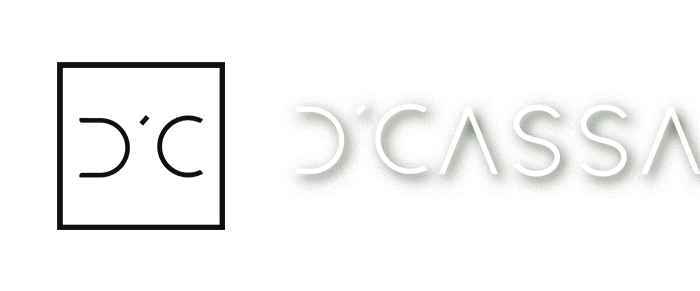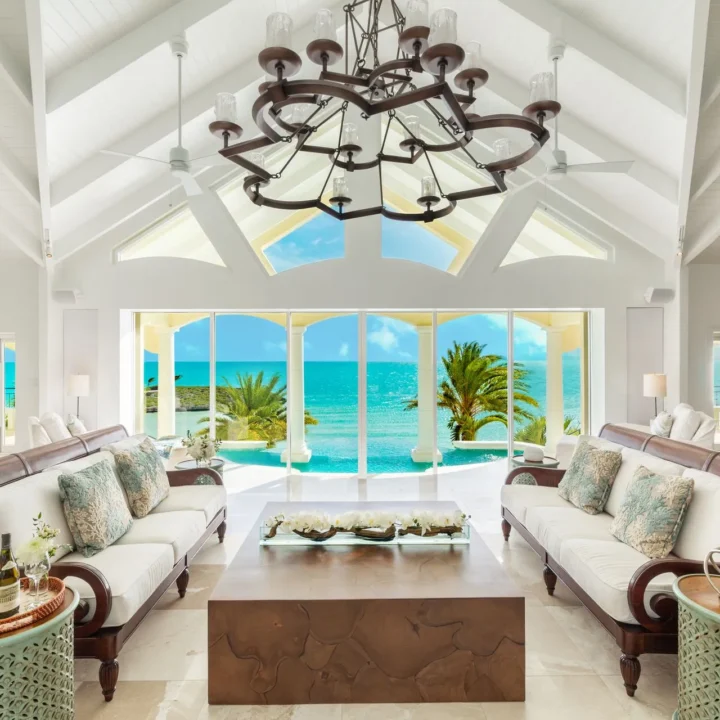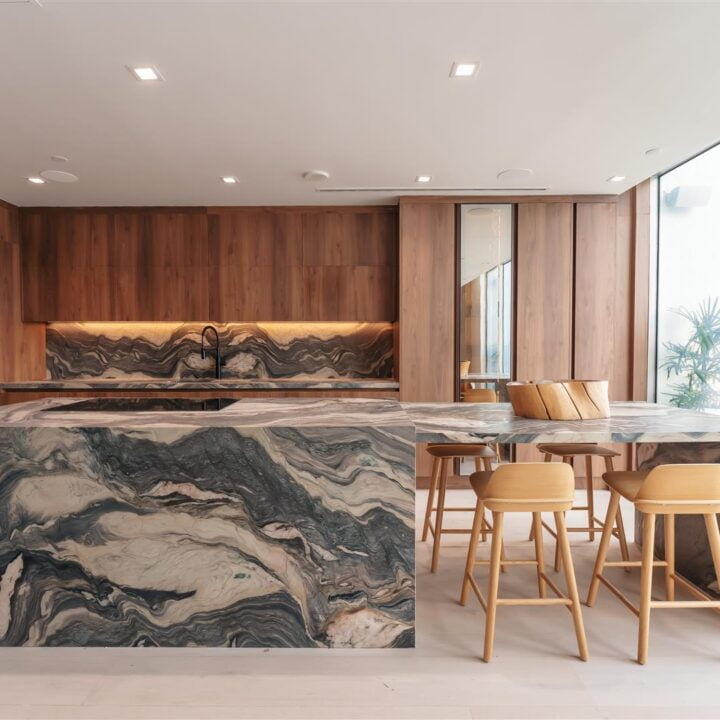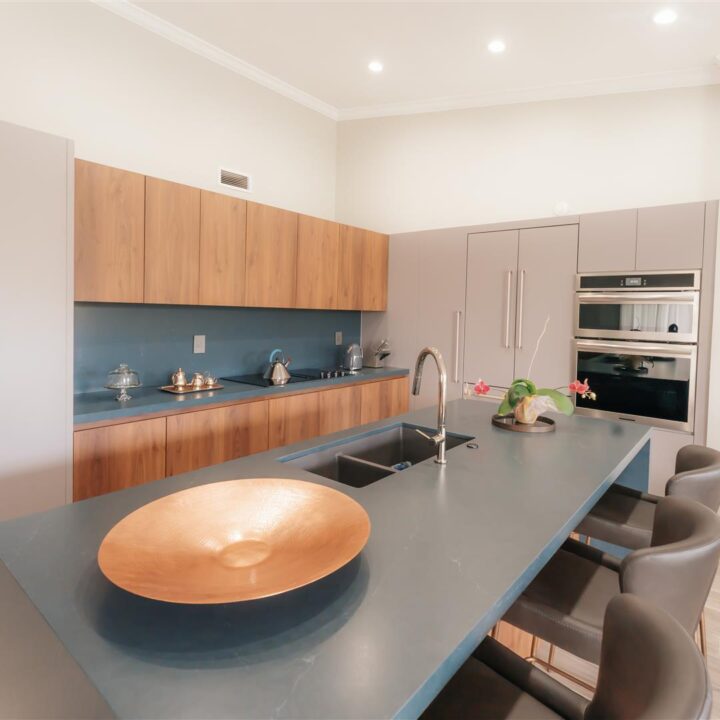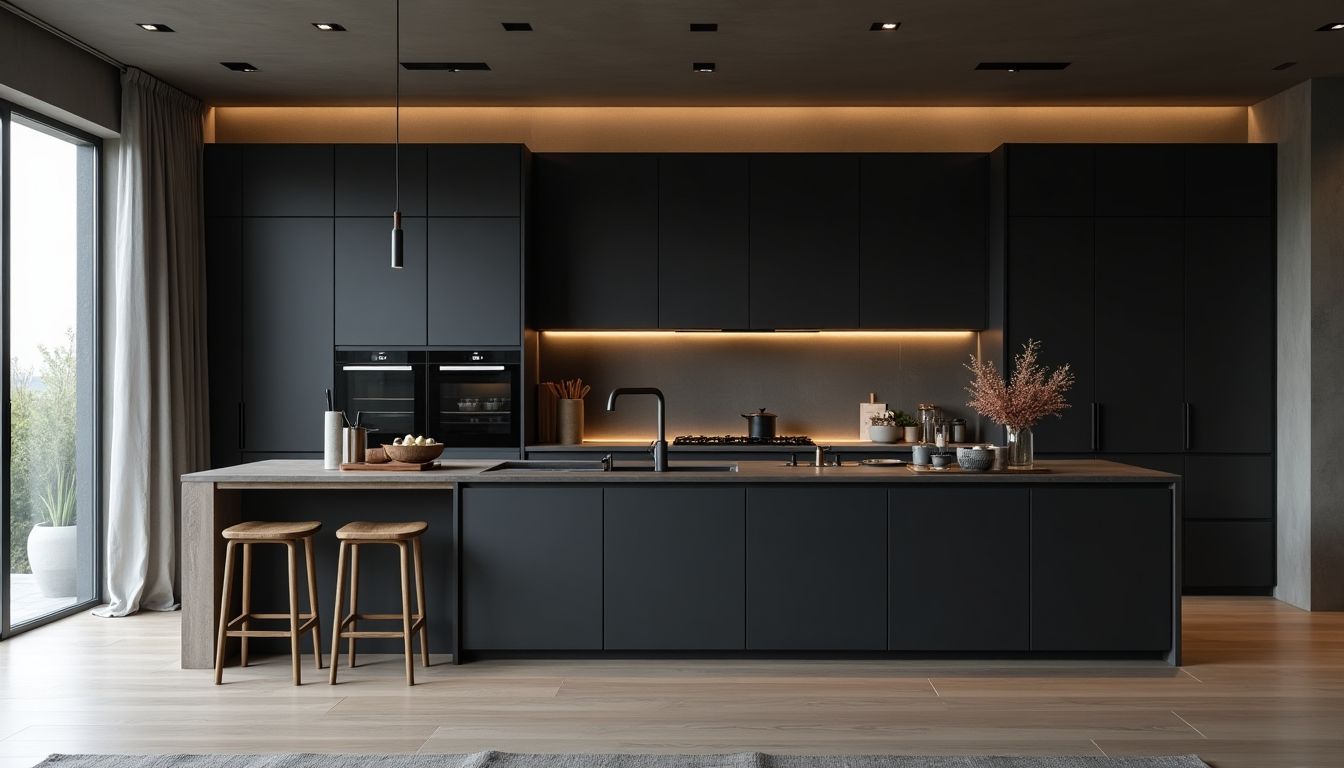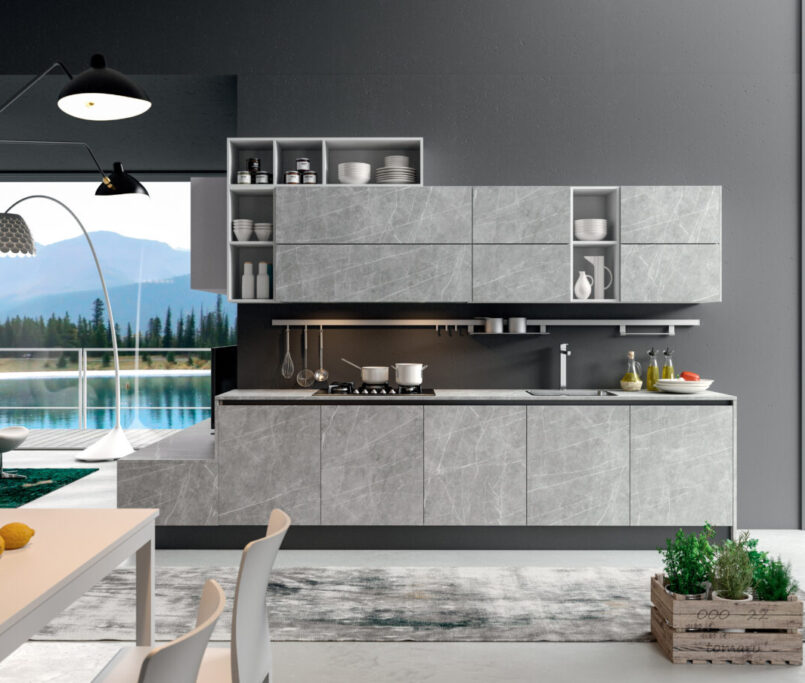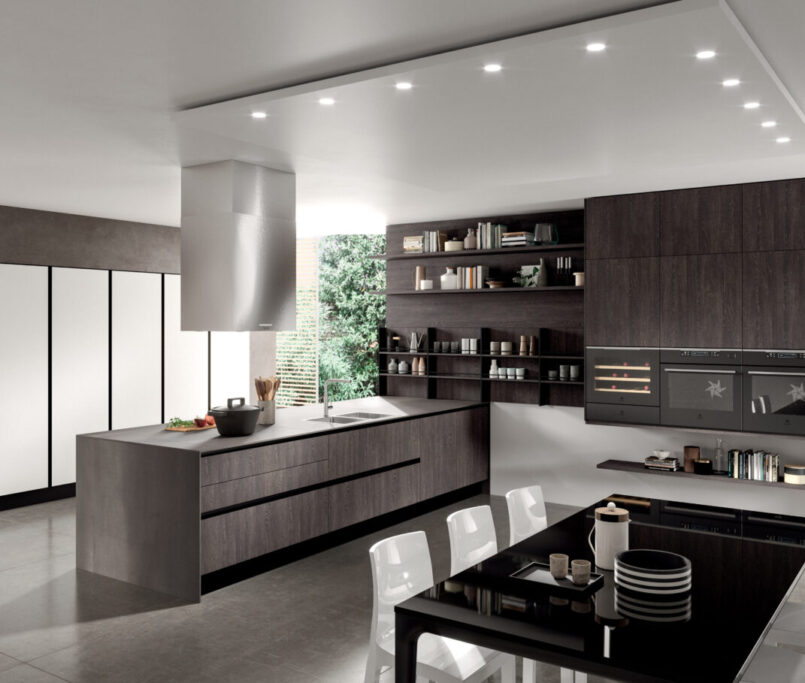Thinking about giving your kitchen a facelift in 2025? You’re not alone. Kitchen renovations are a big deal, and they can totally change the vibe of your home. Whether you’re dreaming of a sleek modern look or a cozy, classic kitchen, there’s a lot to consider. From setting your budget to picking the right materials, the process can feel overwhelming. But don’t stress! This guide is here to help you tackle each step with confidence and ease.
Key Takeaways
-
Set clear goals for what you want to achieve with your kitchen renovation.
-
Budget wisely, keeping in mind both essential upgrades and potential unexpected costs.
-
Design a kitchen layout that maximizes space and incorporates current design trends.
-
Choose materials and finishes that balance durability with aesthetics.
-
Plan for life during the renovation to minimize disruption.
Understanding the Basics of Kitchen Renovations

Defining Your Renovation Goals
Before diving into a kitchen renovation, it’s important to know what you want to achieve. Are you looking to modernize the space, improve functionality, or boost your home’s value? Consider how you use your kitchen daily. Is it a hub for family gatherings, or is it more of a quick meal spot? Your goals will guide every decision, from layout changes to choosing materials.
Assessing Your Current Kitchen Layout
Take a close look at your existing kitchen layout. Is there enough counter space? Do the appliances fit comfortably, or is the area cramped? Sometimes, a simple rearrangement can solve a lot of issues without a full remodel. Think about traffic flow and how you move around the space. A well-thought-out layout can make cooking more enjoyable and efficient.
Identifying Key Areas for Improvement
Once you’ve assessed your layout, identify the areas that need the most attention. Is it the outdated appliances, lack of storage, or maybe poor lighting? Make a list of priorities. This will help you focus on what needs to change and what can stay. Sometimes, small updates like new cabinet handles or a fresh coat of paint can make a big difference without a huge investment.
Planning is 80% of the renovation process. By dedicating time to planning, you reduce stress and avoid costly mistakes during the renovation.
Budgeting for Your Kitchen Renovation
Setting a Realistic Budget
When you’re planning a kitchen renovation, the first thing to get straight is your budget. It’s the backbone of your entire project. You don’t want to start tearing things apart only to realize halfway through that you’re out of cash. Kitchen renovations can range anywhere from $20,000 to over $100,000, so knowing what you can afford is crucial. Here’s how you can set a realistic budget:
-
Prioritize Must-Haves: Decide what’s non-negotiable, like durable countertops or custom cabinets, versus things that are nice but not essential, like fancy lighting.
-
Get Estimates Early: Reach out to contractors for quotes. Be upfront about the materials and finishes you want to use so they can give you accurate pricing.
-
Plan for Surprises: Renovations often come with unexpected expenses. It’s wise to set aside 10-20% of your budget for these surprises.
Prioritizing Essential Upgrades
Not everything in your kitchen needs a complete overhaul. Focus on upgrades that will make the biggest impact. Think about replacing outdated appliances, improving storage solutions, or updating worn-out flooring. It’s about getting the most bang for your buck.
-
High-Impact Changes: Consider changing the backsplash or updating the countertops for a fresh look.
-
Energy Efficiency: Invest in energy-efficient appliances that can save you money in the long run.
-
Functional Improvements: Make sure your kitchen layout works for your lifestyle, whether it’s more counter space or better lighting.
Planning for Unexpected Costs
No matter how well you plan, unexpected costs can pop up during a renovation. Maybe there’s hidden water damage, or perhaps the tiles you wanted go out of stock.
“Always expect the unexpected in renovations. It’s not about if something will go wrong, but when.”
To handle these surprises without stress:
-
Contingency Fund: Keep a buffer of 10-20% of your total budget for unforeseen issues.
-
Order Ahead: Plan and order materials early to avoid delays and price hikes.
-
Flexible Choices: Have backup options for materials and finishes in case your first choice isn’t available.
By carefully planning your budget and prioritizing the right upgrades, your kitchen renovation can be a smooth and rewarding process. Whether you’re dreaming of a custom kitchen in Pembroke Pines or exploring a stunning design in Coral Gables, the key is to stay organized and prepared for whatever comes your way.
Designing a Functional Kitchen Layout
Maximizing Space Efficiency
When you’re working with a kitchen, every inch counts. Maximizing space efficiency is all about smart planning and clever storage solutions. Start by thinking about the layout and how your kitchen connects with the rest of your home. Consider whether your kitchen’s current position works or if it could benefit from a new location. Think about the best configuration for your space and the way you like to cook and live.
Here’s a quick list to help you think about space:
-
The Triangle Rule: Keep the sink, stove, and refrigerator close enough to each other to form a triangle. This makes cooking and cleaning much easier.
-
Vertical Storage: Use tall cabinets and open shelving to store items up high and save counter space.
-
Multi-functional Furniture: Consider pieces like a kitchen island with seating that can serve as a prep area, dining table, and storage unit all in one.
Incorporating Modern Design Trends
Incorporating modern design trends can breathe new life into your kitchen. In 2025, expect to see bold color schemes and unique designs making their way into kitchens. Say goodbye to the all-white kitchen, and welcome vibrant hues that add character and flair. From deep blues to rich greens, bold colors on cabinets, backsplashes, and even appliances are setting new trends.
Consider these elements to stay trendy:
-
Open Shelving: Provides easy access to frequently used items and adds a decorative touch.
-
Built-in Appliances: Keep your kitchen looking sleek and uncluttered by integrating your appliances with your cabinetry.
-
Sustainable Materials: Opt for eco-friendly materials that are not only stylish but also good for the planet.
Balancing Aesthetics and Functionality
Creating a kitchen that’s both beautiful and functional is the ultimate goal. You want a space that looks good and works well for your daily needs. Start by choosing a color palette that reflects your personal style but also stands the test of time. Neutral tones can be a safe choice, but don’t be afraid to add a pop of color for personality.
“A kitchen should be a reflection of your lifestyle, blending practicality with personal taste.”
Focus on these areas to achieve balance:
-
Lighting: Use a mix of natural and artificial lighting to create a warm and inviting atmosphere.
-
Materials: Select durable countertops and cabinetry that can withstand daily wear and tear.
-
Layout: Ensure your kitchen layout allows for easy movement and access to all areas.
By carefully considering these factors, you can design a kitchen that not only meets your practical needs but also becomes a beautiful centerpiece of your home. Whether you’re inspired by a Miami residence kitchen or a cozy space in Pembroke Pines, the right design choices can make all the difference.
Choosing the Right Materials and Finishes

Exploring Sustainable Options
When it comes to kitchen renovations, choosing materials that are both stylish and sustainable is a win-win. Sustainable materials not only reduce your carbon footprint but also add a unique charm to your kitchen. Consider using bamboo or recycled wood for cabinetry. These materials are not only eco-friendly but also bring a warm, natural feel to your space. For countertops, recycled glass or composite stone can be great options, combining durability with environmental responsibility.
Selecting Durable Countertops
Countertops take the brunt of kitchen activities, so durability is key. Quartz and granite are popular choices due to their strength and minimal maintenance needs. If you’re looking for something different, consider soapstone or butcher block, both of which offer a distinct look and feel. Remember, the right countertop should balance aesthetic appeal with functionality, ensuring it withstands daily wear and tear while complementing your kitchen’s design.
Picking the Perfect Cabinetry
Cabinetry can set the tone for your entire kitchen. Opt for materials that match your style and lifestyle. Solid wood is a classic choice, offering timeless beauty and strength. For a more modern and sleek look, consider matte lacquer finishes which not only enhance visual appeal but also provide practical benefits like easy maintenance. Don’t forget about the hardware—choosing the right handles and knobs can transform the look of your cabinets, adding that final touch of elegance.
Incorporating Smart Technology in Your Kitchen
Integrating Smart Appliances
In 2025, kitchens are getting a tech upgrade with smart appliances that talk to each other. Imagine your fridge keeping tabs on your groceries and suggesting dinner ideas based on what’s inside. Or your oven, which can be controlled from your phone, ensuring your roast is perfect even if you’re busy with other things. These innovations are making cooking easier and more fun.
-
Refrigerators that suggest recipes
-
Ovens with remote control
-
Dishwashers that adjust to the load size
Enhancing Connectivity and Convenience
Voice assistants like Alexa or Google Home are becoming kitchen staples. They can set timers, play your favorite tunes, or guide you through recipes step-by-step. This hands-free help makes cooking more intuitive and enjoyable. Smart faucets, too, are a game-changer, offering touchless operation and precise water dispensing.
With all these gadgets, your kitchen becomes a hub of efficiency and ease, turning everyday tasks into a breeze.
Future-Proofing Your Kitchen
To keep up with tech, think about future-proofing your kitchen. This means planning for upgrades and ensuring your space can handle new gadgets. Here’s a quick checklist:
-
Ensure ample power outlets, including USB ports.
-
Opt for flexible lighting solutions that can adapt to new tech.
-
Choose appliances that can be updated with software.
By incorporating these elements, your kitchen will not only be modern but ready for whatever comes next. If you’re considering a custom kitchen design like the Providenciales Project, these smart features can seamlessly blend with high-end aesthetics.
Lighting Solutions for a Modern Kitchen
Utilizing Natural Light
When it comes to kitchen lighting, nothing beats the warmth and brightness of natural light. Big windows are a must, letting in as much sunshine as possible. If you’re lucky enough to have a kitchen with a view, make the most of it with large panes or even a skylight. Natural light not only makes your kitchen look more inviting but can also save on energy bills. Consider using sheer curtains or blinds that allow light to filter through while preserving privacy. This approach not only enhances the overall ambiance but also creates a more open and airy feel.
Choosing the Right Artificial Lighting
Artificial lighting is essential for those times when natural light just doesn’t cut it. Start with general lighting to provide a uniform glow throughout the space. Ceiling fixtures or pendant lights are great for this. Then, add task lighting to focus on areas where you need it most, like over the countertop or stove. Recessed spotlights or under-cabinet lights work wonders here. Finally, consider mood lighting to set the tone for different occasions. Dimmer switches can be a game-changer, allowing you to adjust the brightness to suit your needs.
Incorporating Decorative Lighting Elements
Decorative lighting is where you can let your personality shine. It’s all about adding that extra touch of flair to your kitchen. Think LED strips under cabinets or along the floor for a modern vibe. Or perhaps a statement chandelier above your dining area to draw the eye. Don’t be afraid to mix and match styles, like combining industrial fixtures with more traditional elements. The key is to create a space that feels uniquely yours, while also being practical for everyday use.
Lighting is more than just about visibility; it’s about creating a space that feels like home. Whether you’re cooking up a storm or enjoying a quiet dinner, the right lighting can make all the difference.
Creating a Timeless Kitchen Design
Blending Classic and Contemporary Styles
To create a timeless kitchen, it’s all about mixing the old with the new. Combining classic elements like shaker cabinets or farmhouse sinks with modern touches such as sleek hardware or smart appliances can create a space that feels both fresh and enduring. Think about incorporating materials that have stood the test of time, like marble or wood, and pair them with modern finishes to keep things interesting.
Choosing a Neutral Color Palette
A neutral color scheme is a staple for timeless design. Colors like whites, grays, and beiges not only make your kitchen feel more open but also provide a perfect backdrop for other design elements. You can add pops of color with accessories or modern custom cabinetry to avoid a bland look. Neutral tones are versatile and easy to update with trends, making them a smart choice for longevity.
Incorporating Timeless Fixtures
When it comes to fixtures, go for designs that have an enduring appeal. Think of fixtures that are simple yet elegant, like a classic gooseneck faucet or vintage-inspired lighting. These pieces can serve as the jewelry of your kitchen, adding a touch of elegance without overpowering the space. Investing in quality fixtures ensures your kitchen will remain stylish for years to come.
The key to a timeless kitchen is balance. By blending different styles and focusing on quality, you create a space that not only looks good now but will continue to do so in the future. Remember, it’s about creating a kitchen that feels both familiar and fresh, a place where trends come and go, but your design remains.
Managing the Renovation Process
Hiring the Right Professionals
Getting the right team on board is like half the battle. You want folks who know their stuff and can handle surprises. Start by asking around for recommendations and check out online reviews. Trust is huge here—you’ll be working closely with these people for weeks, maybe months. Look for pros who specialize in what you need, like a company that does those high-end kitchen renovations in Miami. D’Cassa is one such company known for their bespoke designs.
Staying on Schedule
Renovations can drag on, so having a timeline is key. Break it down into phases like demolition, installation, and finishing. Regularly check in with your contractor to ensure things are moving along. If things start slipping, don’t be shy about asking why. Keep a calendar handy and mark off completed tasks. That way, you can see progress and stay motivated.
Ensuring Quality Control
Quality is everything in a renovation. Make sure you’re getting what you paid for. Inspect the work regularly and don’t hesitate to point out issues. It’s easier to fix things as they happen than to go back later. A final walk-through is crucial—check that all appliances work and that finishes are to your liking. Remember, Julián Gil’s custom renovated home is a great example of high standards in kitchen design.
A successful renovation is about more than just the end result. It’s also about enjoying the process and knowing you made the best choices along the way.
Sustainable and Eco-Friendly Kitchen Renovations
Using Recycled and Natural Materials
When it comes to eco-friendly kitchen renovations, recycled and natural materials are at the forefront. Imagine countertops crafted from recycled glass or reclaimed wood—these not only add character but also tell a story of sustainability. Using bamboo or reclaimed timber for cabinetry is another fantastic option. These materials are not only sturdy but also reduce the environmental impact of deforestation.
Implementing Energy-Efficient Solutions
Energy efficiency is a big deal these days. Switching to energy-efficient appliances like low-energy refrigerators and dishwashers can cut down your carbon footprint and save you money on utility bills. Don’t forget about LED lighting, which uses less energy and lasts longer than traditional bulbs. It’s a simple switch that makes a big difference.
Reducing Waste During Renovation
Renovations can generate a lot of waste, but there are ways to keep it in check. First, plan carefully to avoid over-ordering materials. Second, consider donating old appliances and fixtures instead of sending them to the landfill. Lastly, recycle whatever materials you can—every little bit helps in creating a more sustainable renovation process.
Renovating your kitchen with sustainability in mind isn’t just a trend—it’s a commitment to a healthier planet. By choosing eco-friendly options, you’re making a positive impact on the environment while crafting a beautiful, functional space.
Adapting to Kitchen Trends in 2025
Embracing Minimalism
In 2025, less is definitely more when it comes to kitchen design. Minimalism isn’t just a trend; it’s a lifestyle choice that reflects simplicity and functionality. Think clean lines, open spaces, and essential elements only. It’s about creating a clutter-free environment where every piece has a purpose. Consider incorporating natural materials like wood and stone, which not only add warmth but also keep the look simple and grounded. The minimalist approach also means choosing neutral colors that can easily blend with other parts of your home, making it feel cohesive and airy.
Incorporating Bold Colors
While minimalism takes center stage, bold colors are making a splash in kitchens everywhere. Gone are the days of all-white kitchens; now, it’s about making a statement. Deep blues, rich greens, and even daring blacks are becoming popular choices for cabinetry and walls. These colors bring a sense of drama and sophistication, transforming your kitchen into a focal point of the home. If you’re not ready to commit to a full color overhaul, consider adding pops of color through accessories or a feature wall. This way, you can enjoy the trend without a huge commitment.
Exploring Open Kitchen Concepts
Open kitchens continue to be a favorite as they offer a seamless flow between cooking and living spaces. This concept is perfect for those who love to entertain or have a family-centric home. By removing walls, you create a larger, more inviting area that encourages interaction. To make the most of an open kitchen, think about how the space will be used. Consider adding a large island that can double as a dining area or workspace. Use similar flooring and color schemes to ensure a smooth transition between the kitchen and adjoining rooms. Open shelving can also be a great addition, allowing you to display beautiful dishware while keeping the space feeling open and airy.
In 2025, kitchens are not just about cooking; they’re about creating a space that reflects your lifestyle. Whether it’s through minimalist designs, bold color choices, or open layouts, the key is to adapt trends that resonate with your personal taste and daily needs.
Preparing for Life During a Kitchen Renovation
Setting Up a Temporary Kitchen
When your kitchen becomes a construction zone, setting up a temporary kitchen is a lifesaver. Think of it as your survival hub. Grab essentials like a microwave, a coffee maker, and a mini fridge. You can even add a portable electric stove if you fancy cooking more than just microwave meals.
-
Choose a spot with easy access to water, like near a bathroom or laundry room.
-
Use folding tables or an old desk to create counter space.
-
Keep it stocked with non-perishable snacks and easy-to-cook meals.
Minimizing Disruption to Daily Life
Living through a renovation can be a bit of a circus. The key is to keep your routine as normal as possible, even if it means having breakfast in the living room.
-
Communicate with your contractor to know which days will be the loudest or messiest.
-
Plan activities outside the house for those particularly chaotic days.
-
Keep kids and pets entertained and away from the work zone.
Planning Meals and Cooking Alternatives
With your main kitchen out of commission, meal planning becomes a bit of a puzzle. Embrace the challenge and get creative with your meals.
-
Opt for simple recipes that require minimal prep and cooking time.
-
Use small appliances like slow cookers, air fryers, or toaster ovens to expand your cooking options.
-
Consider meal prepping on weekends to reduce daily cooking stress.
Remember, renovations are temporary, but the memories of cooking a full dinner with just a microwave will last a lifetime. Embrace the chaos and keep your eyes on the prize—a shiny new kitchen!
Renovating your kitchen can be a big task, but with the right planning, it can be a smooth experience. Make sure to prepare your home by setting up a temporary kitchen and keeping essential items handy. For more tips and ideas on how to manage your kitchen renovation, visit our website today!
Wrapping Up Your Kitchen Renovation Journey
So, there you have it—a stress-free guide to revamping your kitchen in 2025. Renovating your kitchen doesn’t have to be a nightmare. With a bit of planning, some smart budgeting, and a dash of creativity, you can transform your space into something truly special. Remember, it’s all about making your kitchen work for you, both in style and function. Whether you’re going for a sleek modern look or a cozy, rustic vibe, the key is to stay true to what you love. And hey, if things get a little messy along the way, just think of it as part of the adventure. Happy renovating!
Frequently Asked Questions
How do I start planning a kitchen renovation?
Begin by setting clear goals for what you want to achieve. Consider what isn’t working in your current kitchen and what improvements you need. Gather inspiration from online sources like Pinterest and Instagram.
What should I include in my kitchen renovation budget?
Your budget should cover essential upgrades like durable countertops and custom cabinets. Don’t forget to include a buffer for unexpected costs, usually around 10-20% of your total budget.
How can I make the most of a small kitchen space?
Use reflective surfaces to make the space feel bigger and brighter. Choose multi-use furniture and appliances, and keep the area organized with stackable bins and drawer dividers.
What are some modern design trends for kitchens in 2025?
In 2025, bold colors like black and dark greens are popular. Smart appliances and sustainable materials are also trending, as well as open kitchen concepts for a more spacious feel.
How can I incorporate smart technology into my kitchen?
Install smart appliances that can connect with each other, like fridges that suggest recipes based on what’s inside. Use technology to enhance convenience and make cooking more enjoyable.
What materials are eco-friendly for a kitchen renovation?
Look for recycled or natural materials for countertops and cabinets. Energy-efficient appliances and sustainable lighting options can also make your kitchen more eco-friendly.
How do I manage daily life during a kitchen renovation?
Set up a temporary kitchen with essentials like a microwave and mini-fridge. Plan meals that require minimal preparation and consider outdoor cooking if the weather allows.
Why is lighting important in a kitchen renovation?
Good lighting enhances both the functionality and atmosphere of your kitchen. Use a mix of natural, general, and decorative lighting to create a welcoming and efficient space.
